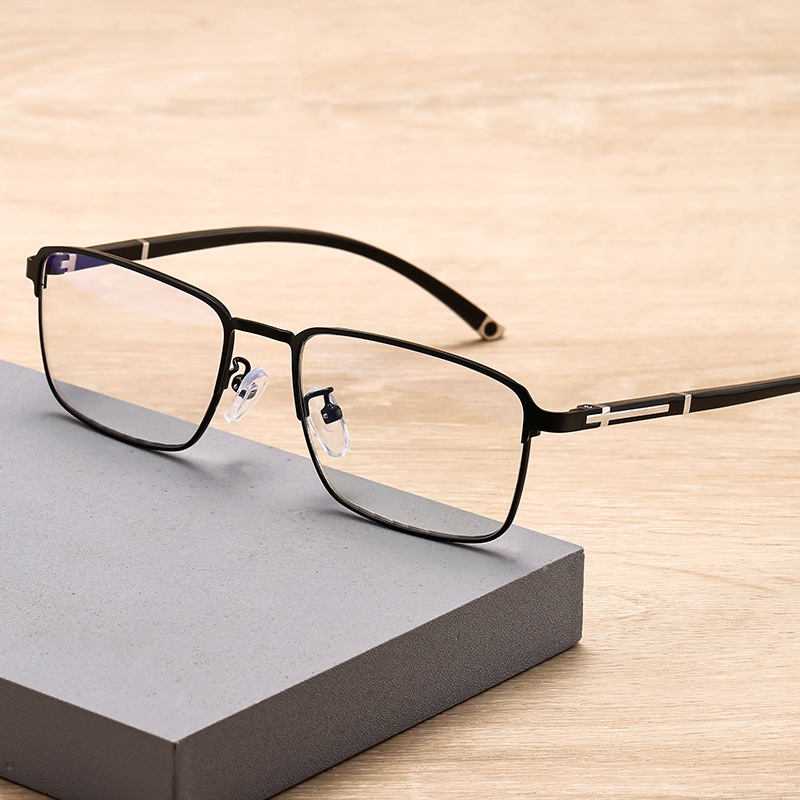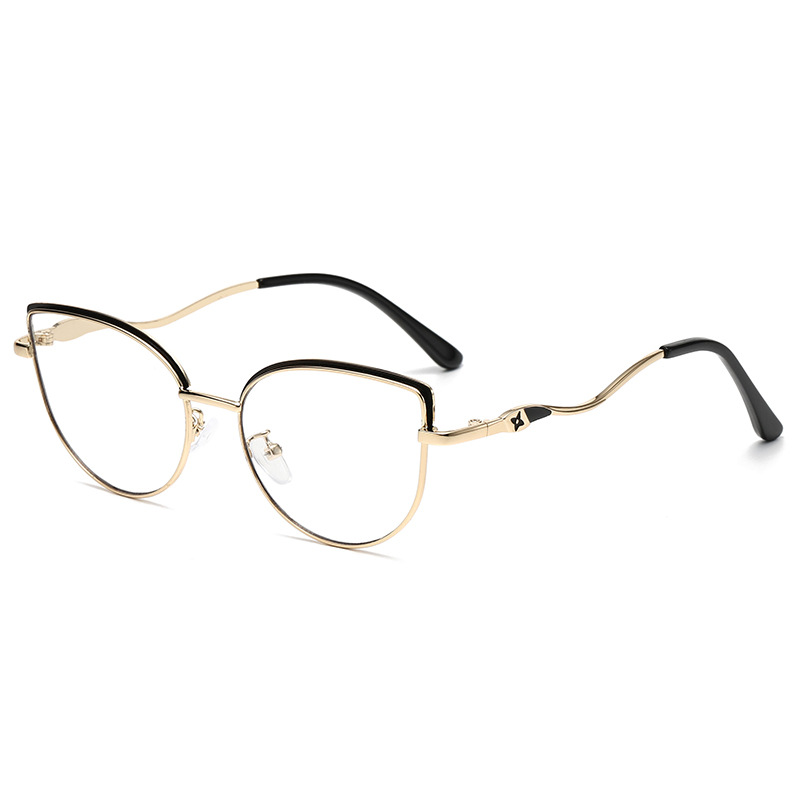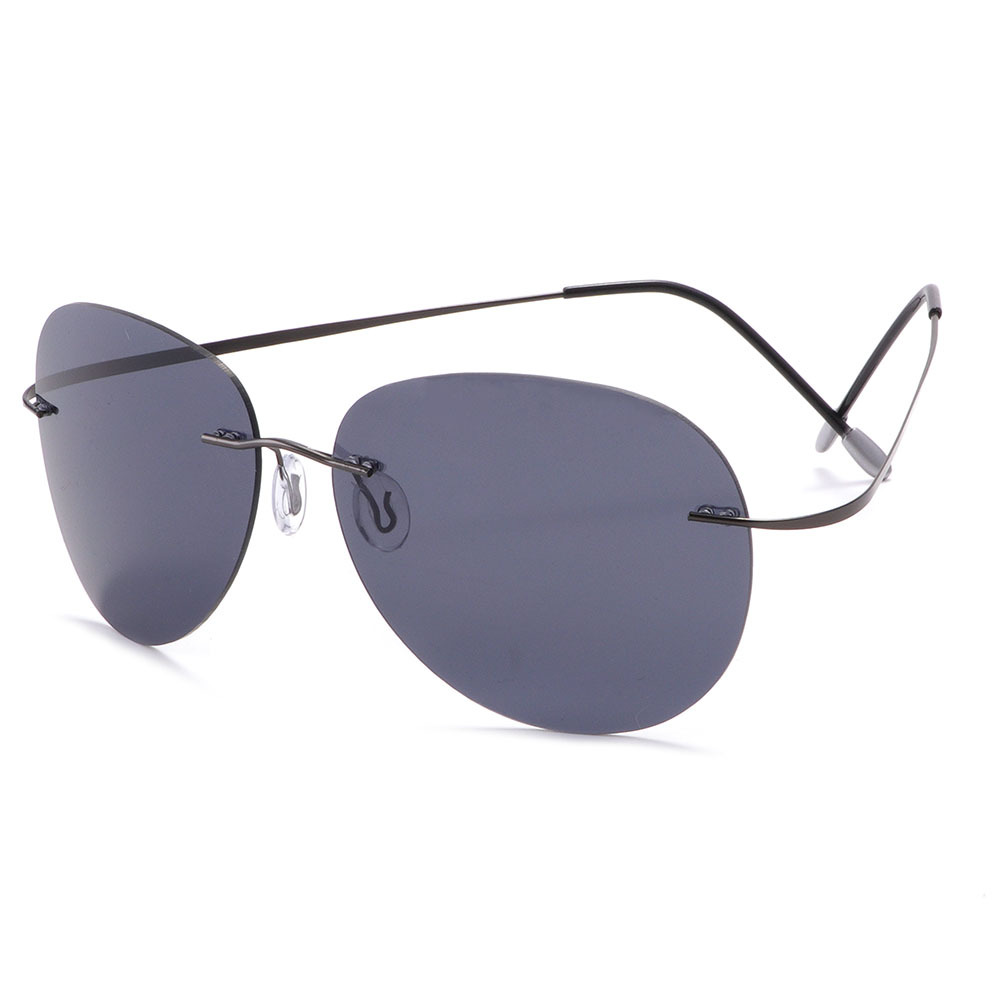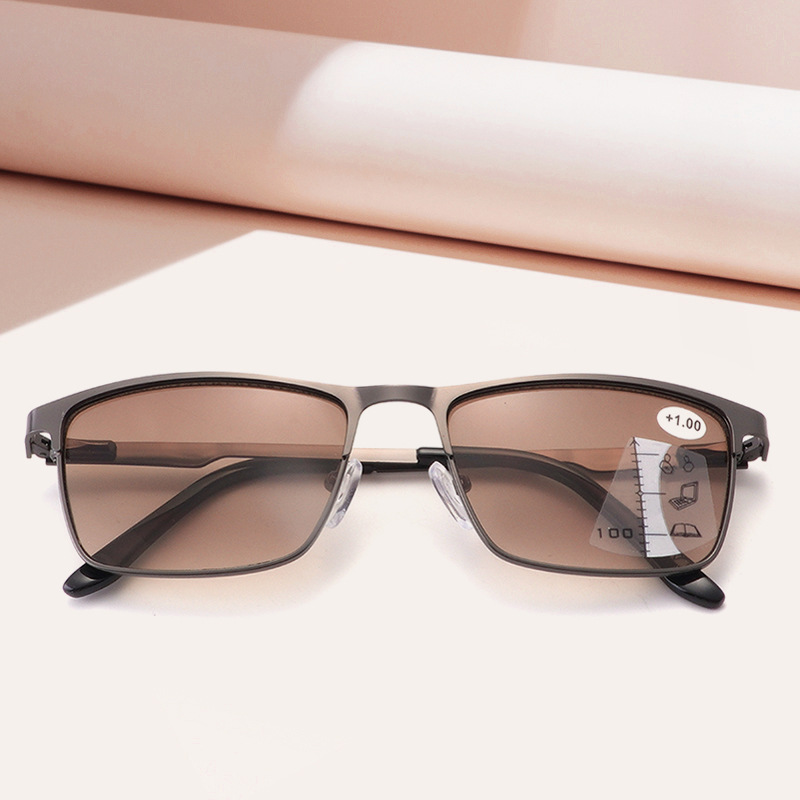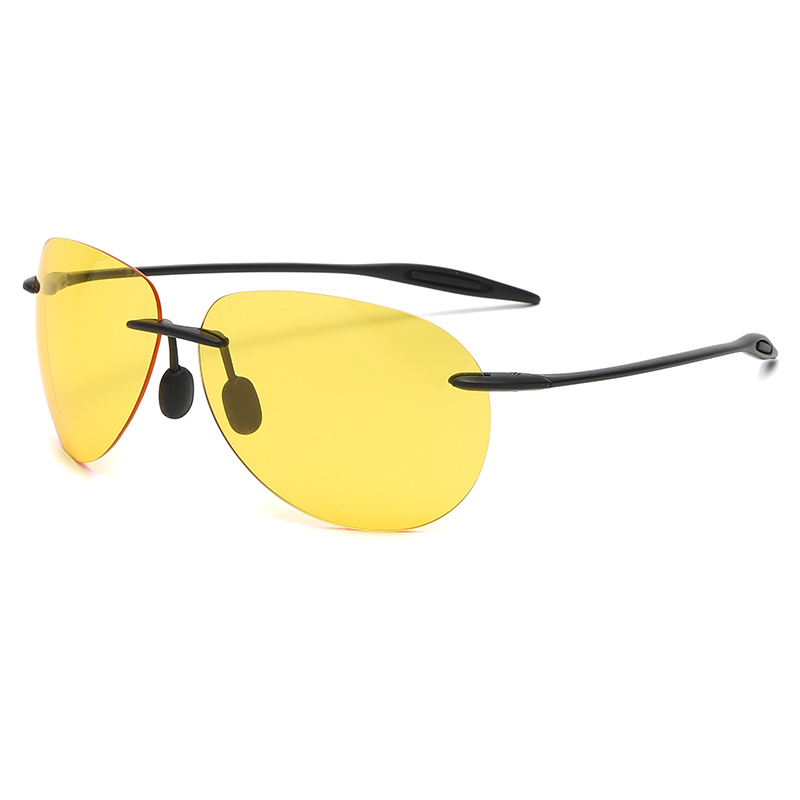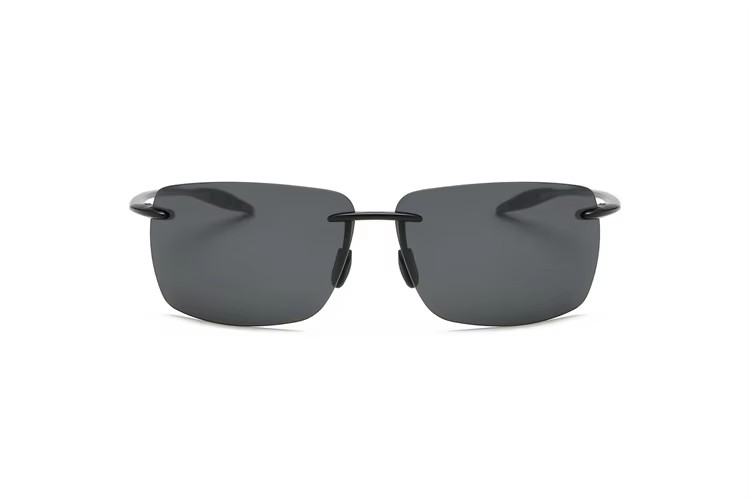Exploring the Benefits of Photochromic Glasses for Eye Health
2025-06-04
In an era where eye protection from environmental hazards has gained significant importance, Photochromic Glasses have emerged as a popular choice for many. These adaptive lenses, which darken when exposed to ultraviolet (UV) light and lighten in dimmer environments, have sparked curiosity about their impact on eye health. While opinions vary, recent research and expert insights shed light on their potential advantages and considerations.
How photochromic lenses Work
Photochromic lenses contain molecules called photochromic dyes or silver halide crystals that react to UV radiation. When exposed to sunlight, these molecules undergo a chemical change, causing the lenses to darken and reduce the amount of light entering the eyes. In indoor or low-light conditions, the reaction reverses, making the lenses clearer. This automatic adjustment eliminates the need to switch between regular and sunglasses, offering convenience for users with active lifestyles.
Key Benefits for Eye Health
One of the primary advantages of photochromic glasses is their effective UV protection. They typically block 100% of harmful UVA and UVB rays, which are major contributors to eye diseases such as cataracts, macular degeneration, and pterygium. The American Optometric Association (AOA) emphasizes that consistent UV protection is crucial, and photochromic lenses provide a reliable solution for outdoor activities.
Moreover, these lenses help reduce eye strain caused by excessive light exposure. Prolonged exposure to bright light can lead to symptoms like dry eyes, blurred vision, and headaches. By adjusting their tint intensity, photochromic glasses maintain optimal light levels, allowing the eyes to relax naturally. This feature is particularly beneficial for individuals who spend significant time transitioning between indoor and outdoor environments, such as commuters or frequent travelers.
Considerations and Limitations
While photochromic glasses offer notable benefits, they are not one-size-fits-all. Their performance can be influenced by environmental factors. For example, they may not darken as effectively behind the windshield of a car, where UV penetration is reduced by the glass. Additionally, in extremely cold temperatures, the molecules in the lenses may react more slowly, affecting their ability to lighten indoors. Some users also report that the lenses may not achieve the same level of darkness as traditional sunglasses, which could be a consideration for those in very bright environments like snowy landscapes or coastal areas.
Expert Recommendations
Eye care professionals generally view photochromic glasses as a safe and practical option for most people. Dr. Sarah Mitchell, an optometrist specializing in ocular protection, notes, "They strike a good balance between convenience and protection, making them suitable for everyday use." However, she advises individuals with specific eye conditions or those requiring specialized lens coatings (such as anti-glare or blue light filters) to consult their optometrist before choosing photochromic lenses. Regular eye exams remain essential to ensure the glasses meet individual visual and protective needs.
Conclusion
Photochromic glasses offer a range of benefits for eye health, including reliable UV protection, reduced eye strain, and unmatched convenience. While they may have limitations in certain environments, their overall impact is positive for most users. As with any eyewear, selecting the right type depends on personal lifestyle, visual requirements, and environmental factors. By combining these adaptive lenses with good eye care habits—such as regular check-ups and staying hydrated—individuals can effectively safeguard their ocular health in a changing light environment.
As the demand for versatile eye protection continues to grow, photochromic glasses stand out as a innovative solution that merges functionality with health benefits, proving to be a worthy investment for those seeking balanced eye care in their daily lives.


